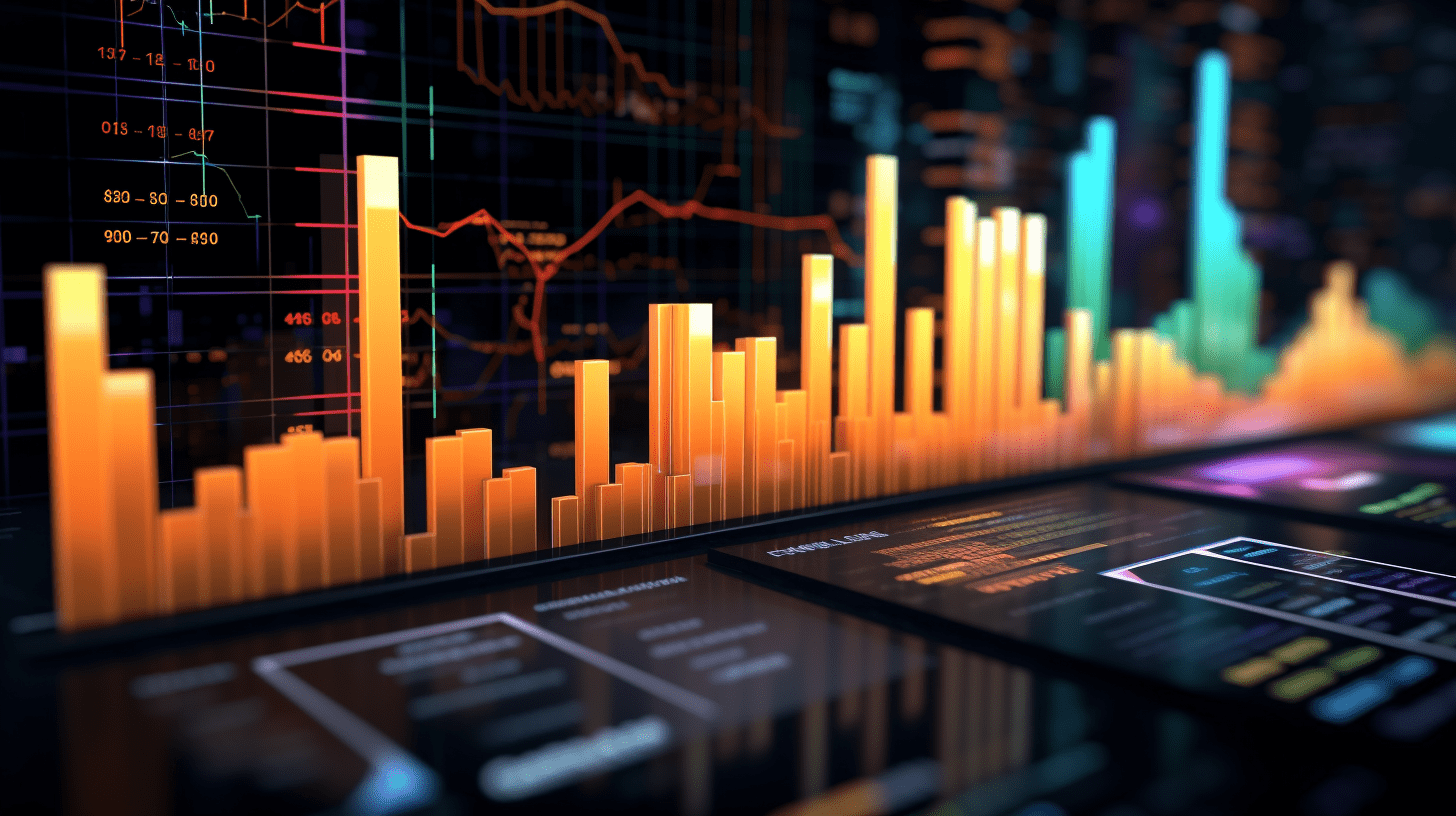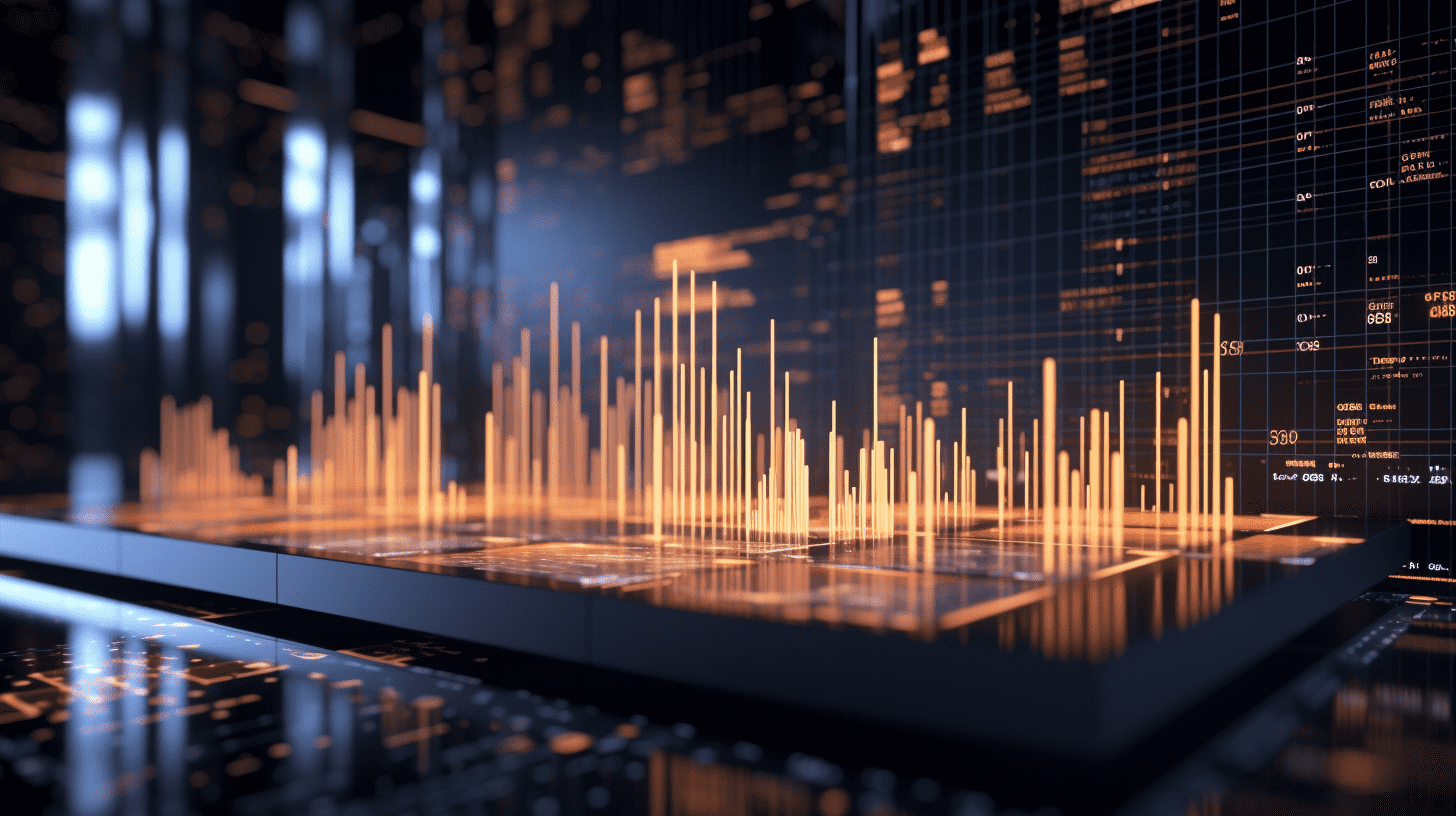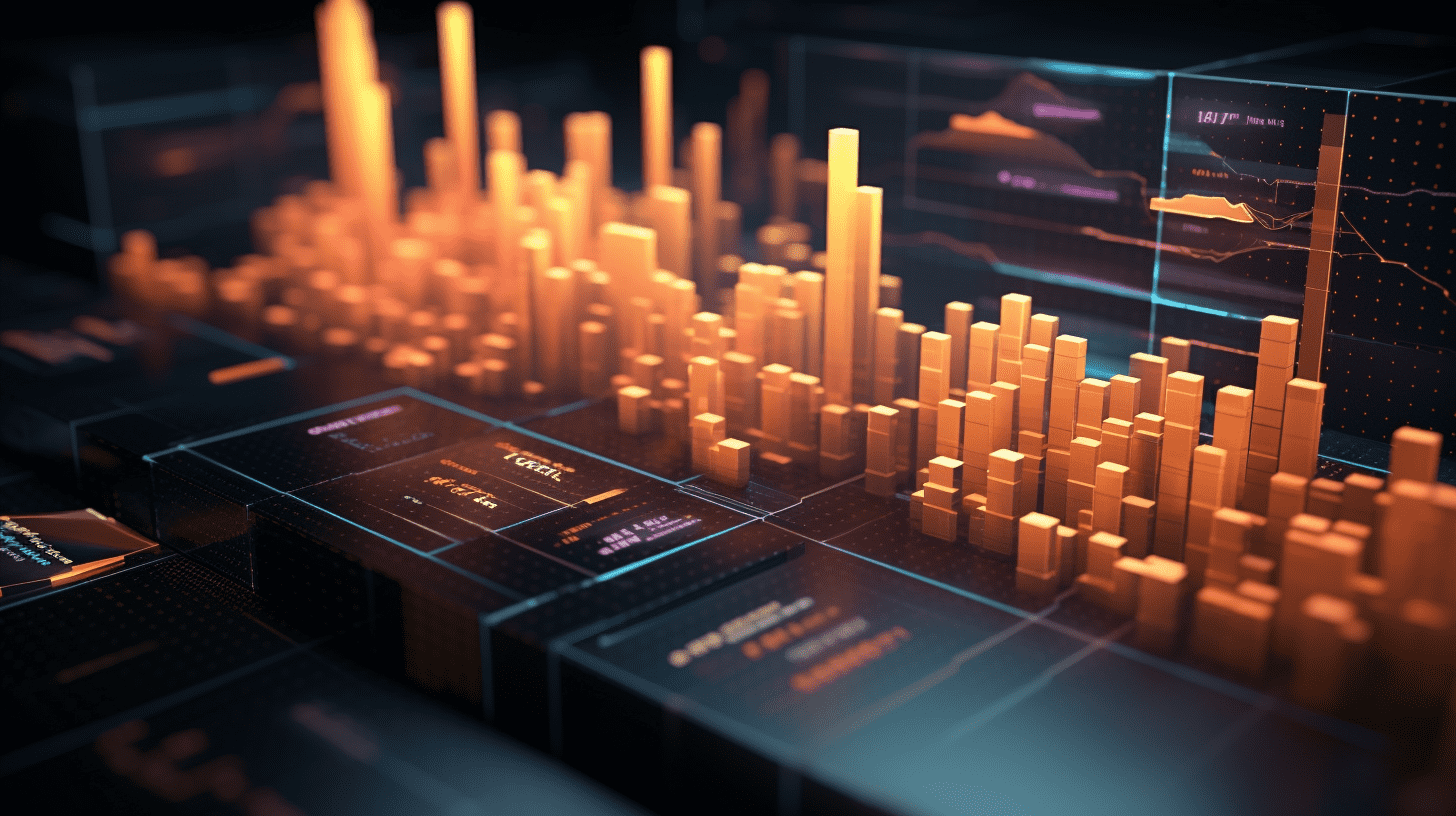AI brings an unprecedented "power bull market"! Goldman Sachs' "6P Rule" reveals the wealth code of the power era.
Bull market of computing power: The "invisible main line"--From electrical equipment to liquid cooling: Goldman Sachs' long bullish chart of the AI power version industry chain.
The Wall Street financial giant Goldman Sachs has revised its forecast of the huge electricity demand driven by global data centers (including AI and non-AI, with AI-driven growth dominating) by 2030 in its latest research report, increasing it by a significant 175% compared to 2023 (Goldman Sachs' previous forecast was +165%), equivalent to adding the electricity resource burden of another "top ten electricity-consuming country" globally. According to Goldman Sachs' analysts, the end goal of large AI models is electricity - the organization emphasizes that the "electricity-eating monster" AI will bring an unprecedented bull market in the electricity sector. In terms of specific investment strategies, Goldman Sachs recommends focusing on the investment themes of "reliability - accessibility - efficiency" based on the "6P" framework.
The essence of the global AI competition is a competition in computing infrastructure, and the core foundation of computing power is a stable and massive electricity supply system. As a result, the demand for electricity for AI data centers is skyrocketing at an unprecedented rate, and AI has become a "power glutton." Behind the exponential expansion of high-energy AI data centers, driven by the demand for AI chips and other computing infrastructure, is the core foundation of electricity supply. This is also the origin of the market view that "electricity is the end point of AI."
With applications such as ChatGPT, Claude, and DeepSeek sweeping across the globe, the energy demand of large-scale AI data centers worldwide is so huge that some electricity utility stocks that have long been overlooked by the market have entered the field of view of top Wall Street investment institutions. Global AI-driven data centers, closely related to AI training/inference, are expected to see a four-fold increase in overall electricity demand by 2030.
Regarding the stock market's large electricity stocks, Goldman Sachs advises investors to focus on the themes of "reliability - accessibility - efficiency" and to hierarchically allocate resources to the "shovel and bucket" of the electricity supply chain from top to bottom across the four core domains, including power generation. For example, benefiting from the high elasticity of capital expenditure on electricity, stocks such as Schneider Electric, Siemens, Eaton, Prysmian, Nexans, and NKT are recommended.
The AI/data center power market: 6 major driving factors and constraints
In its latest research report, Goldman Sachs states that the driving and restraining factors in the global electricity market come from the "6 Ps": Pervasiveness (AI popularity and penetration), Productivity (computing/server efficiency), Prices (generation/electricity price/electricity costs), Policy (policy incentives and approvals), Parts (equipment supply), and People (construction and operation workforce). In terms of specific allocation, Goldman Sachs prioritizes those links and companies in the entire electricity supply chain that can improve reliability, meet incremental demand, and enhance energy efficiency.
Regarding Pervasiveness (AI popularity and penetration) and Productivity (computing/server efficiency), Goldman Sachs points out that the "Jeavons Paradox" reveals that the total electricity demand continues to rise due to AI penetration. While the energy efficiency of large-scale AI inference stages can be improved, the overall demand elasticity remains high. It is expected that the total electricity consumption of global data centers will increase by 175% by 2030 compared to 2023 (including AI and non-AI).
Concerning Prices (generation/electricity price/electricity costs) and Policy (policy incentives and approvals), Goldman Sachs states that based on the "Green Reliability Premium" in the US, low carbon cost averages about $40 per MWh; short-term reliance on renewable energy and natural gas, while in the long run, nuclear power (large nuclear power plants + SMRs) will increase to offset the expansion of data center carbon emissions. Goldman Sachs believes that after the phase-out of IRA policy incentives, the cost may reach $48 per MWh - this is manageable for the hyperscale tech giants with strong free cash flow and return on investment, with a low impact on EBITDA/ROIC of less than 1 percentage point.
Additionally, Goldman Sachs states that with the expiration of IRA (Inflation Reduction Act), there is still a trend towards rapid installation and grid connection in the US electricity industry to lock in incentives, with permissions and site selections being key non-price constraints.
In terms of Parts (equipment supply) and People (construction and operation workforce), the Goldman Sachs analyst team states that the labor shortage remains a significant risk in the global electricity market: it is estimated that the US will need approximately 300,000 new electricity-related jobs by 2030, with another 210,000 needed in T&D (transmission and distribution); in Europe, approximately 250,000 electricity jobs will be needed. Goldman Sachs anticipates that by 2030, cumulative capital expenditures for the US electricity grid will be around $790 billion (higher than Goldman Sachs' previous estimate of about $780 billion), with approximately 67% going towards strengthening measures in the transmission and distribution/networking areas.
On the generation side, Goldman Sachs expects that approximately 82GW of new installed capacity will be needed by 2030 to meet the global data center load, higher than the previous estimate of around 72GW; the incremental electricity generation mix to serve data center loads in the US by 2030 is estimated to be approximately 51% natural gas peaking, 27% from CECEP Solar Energy generation systems, 12% from CCGT (combined-cycle gas turbines), and around 9% from wind energy systems.
Goldman Sachs' portrayal of the "AI power version" industry value chain in the long bull chart
Based on the 6P rule of Goldman Sachs, the analyst team of the organization recommends investors to hierarchically allocate resources to the four core areas of power generation and fuel, power equipment and system integration, engineering EPC/transmission and distribution construction, and cooling/efficiency/demand-side management.
In the upstream fuel/power and utility sector, Goldman Sachs suggests investing in companies such as NextEra Energy, Kinder Morgan, EQT, Cameco, Antero Resources, Energy Transfer, Public Service Enterprise Group, and Vistra, among others. These stock targets mainly benefit from assets/developers that can quickly connect to the grid, track loads well, and rapidly sign long-term PPAs with tech companies.
Regarding power equipment and system integration, which benefits from the high elasticity of capital expenditure on electricity by tech giants, Goldman Sachs suggests investing in areas such as transformers, switchgear, DC equipment, UPS, and distribution and cable fields, such as Schneider Electric, Siemens, Eaton, Prysmian, Nexans, and NKT.
In terms of engineering EPC/transmission and distribution construction, Goldman Sachs recommends investing in transmission engineering contractors, distribution grid upgrade companies, and data center EPC companies (such as Quanta, MYR, Primoris); in cooling/efficiency/demand-side management, Goldman Sachs advises focusing on electricity infrastructure companies that provide solutions related to next-generation liquid cooling/immersion cooling, waste heat recovery, distribution optimization, and AI server energy efficiency enhancement, such as Vertiv, Carrier, Trane Technologies, Alfa Laval, Caterpillar, Carel, and ABB.
Related Articles

US Stock Market Move | Critical Metals (CRML.US) soared 22%, with a whopping 357% increase within the month.

Shandong Gold Mining (01787) announces profit growth, with expected net profit attributable to shareholders in the first three quarters ranging from 38.0 billion to 41.0 billion yuan, a year-on-year increase of 83.9% to 98.5%.

US Stock Market Move | Strategic cooperation reached with Swiss Wecan Group SA, SEALSQ Corp (LAES.US) rises over 19%
US Stock Market Move | Critical Metals (CRML.US) soared 22%, with a whopping 357% increase within the month.

Shandong Gold Mining (01787) announces profit growth, with expected net profit attributable to shareholders in the first three quarters ranging from 38.0 billion to 41.0 billion yuan, a year-on-year increase of 83.9% to 98.5%.

US Stock Market Move | Strategic cooperation reached with Swiss Wecan Group SA, SEALSQ Corp (LAES.US) rises over 19%

RECOMMEND





